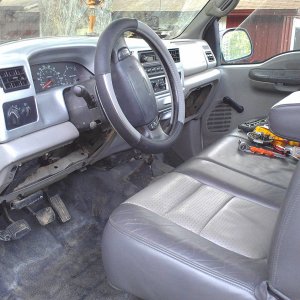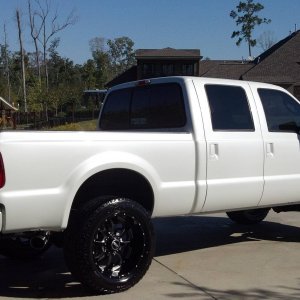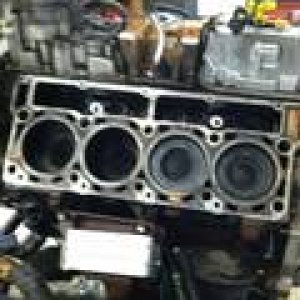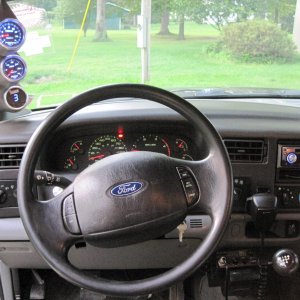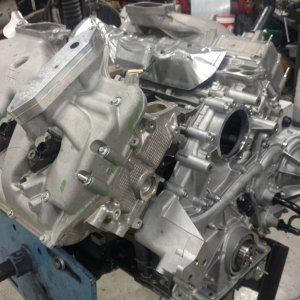so you mean to tell me that the reported noises, that sound like valves getting hammered by the pistons and pushrods, are electrical/tuning issues and not mechanical at all? even after a complete head assembly is swapped out and the issues doesn't come back or take a while to return? that tells me its mechanical, not electrical...
It's a mechanical issue brought on by the regen. But the issue is not what these two thread starters describe. And it's not causing damage to the engine.
It does have to do with the valves, but not because of clearances or tolerances.
but if tweaks in the tunning will get rid of it, how come it aint done already?
It took Ford a while to figure it out. Valve clearance would have been easy, that can be measured. If the pistons were slapping valves, that would have been easy because Ford would have seen the evidence of contact. But none of that is happening.
So they figured out it had to do with the regen at very specific loads and RPM's. But in order to change that they require lots of testing, and EPA approval once their testing is complete. Current ETA is 1Q 2016.
That's the thing that Maryland diesel nick can't get through his head.... this issue is at VERY specific engine loads and RPM's, and ONLY during regen. Clearance issues with valves would not be limited to presenting issues under only those conditions, but rather it would extend at minimum at other RPM's and loads, and even present itself outside of regen. Not only that, but if the valves were hitting the pistons, they would always leave a mark as evidence of the contact somewhere on the face of the piston and valve. Yet no evidence like this has ever been presented, and trucks that are having heads replaced when customers complain enough are not seeing contact marks when pulled. Very simple, very basic.


